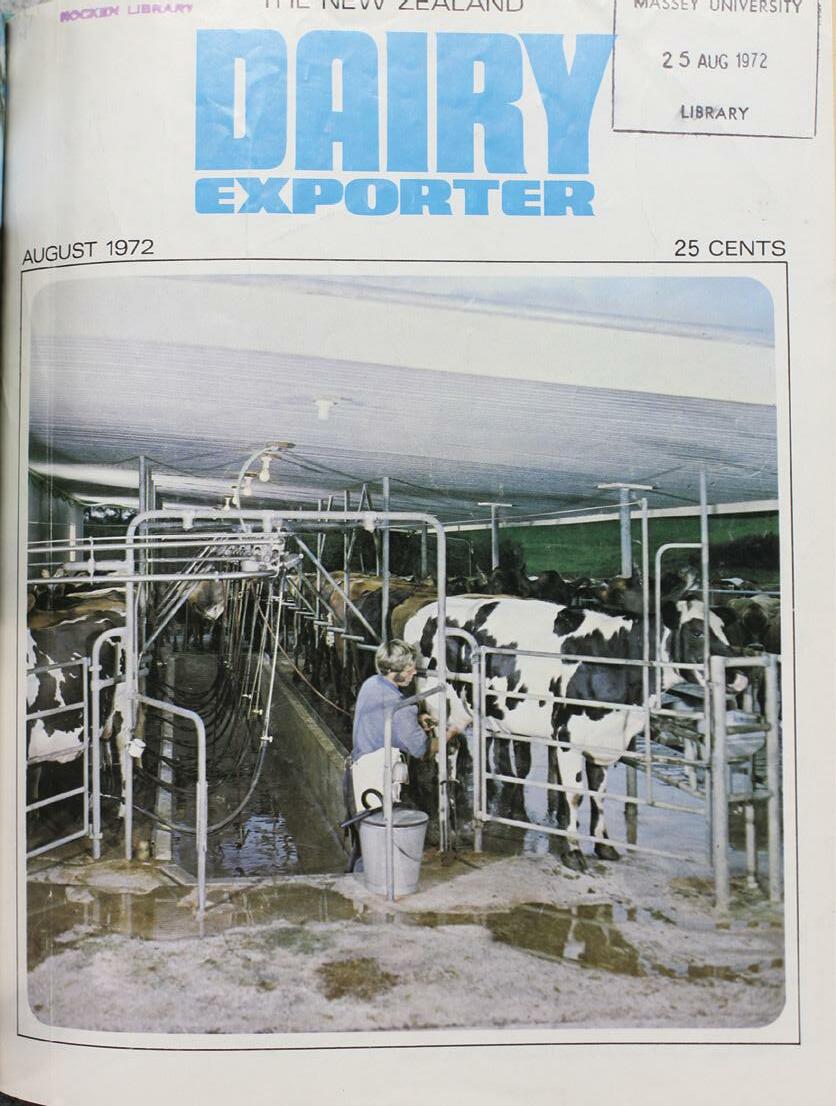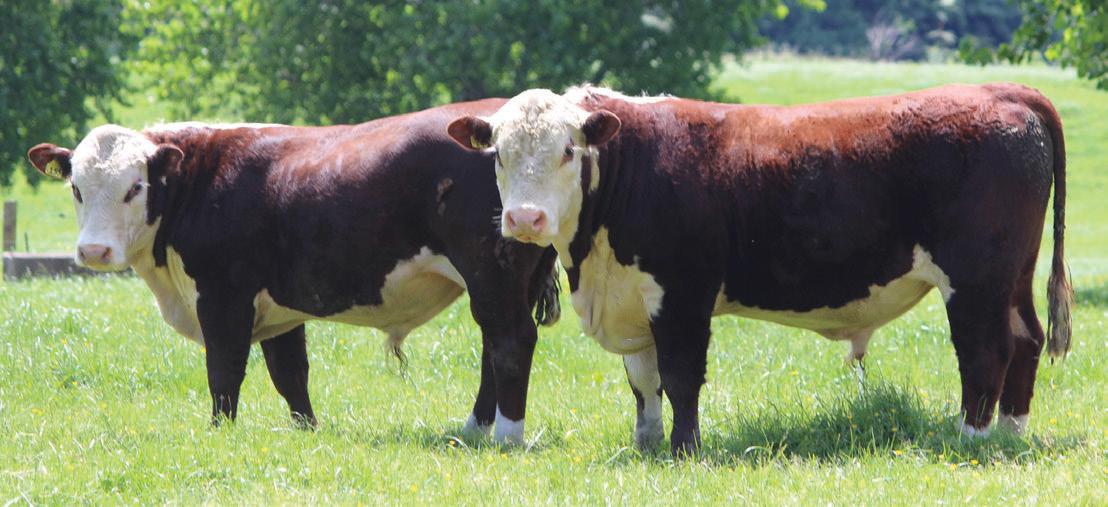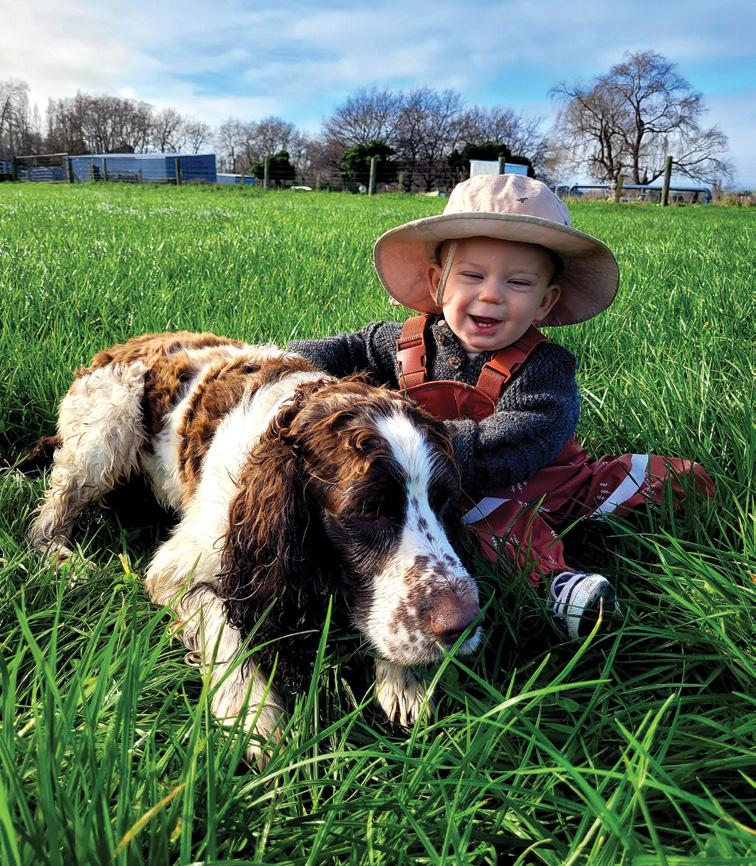STOCK CALF REARING
THE IMPORTANCE OF colostrum Colostrum is the essential ingredient for newborn calves to survive and thrive, Paul Muir writes.
F
ailure of calves to get sufficient colostrum and acquire early immunity is a worldwide problem. New Zealand studies have shown 25% of one-dayold calves have had no colostrum and up to 40% have not consumed enough colostrum. It is critical that a calf gets high-quality colostrum within the first 24 hours and, preferably, within the first 12 hours. Calves with inadequate immunity from colostrum are four times more likely to die and those that survive have lower weight gains, poorer feed conversion efficiency and a higher incidence of scouring than calves with good levels of immunity gained by drinking good quality colostrum in their first 24 hours. Calves are born with a very immature immune system and immunity is obtained from the cow through immunoglobulins in her colostrum. These immunoglobulins are large protein molecules which can only be absorbed and move through the calf’s intestinal wall for the first 24 hours after birth. By this point the wall of the small intestine has matured to the point that these large immunoglobulins can no longer pass through. In addition, the secretion of digestive enzymes starts 12 hours after birth, these enzymes digest and break down immunoglobulins rendering them useless. The young calf is born with no resistance to diseases like E. coli and salmonella, so it’s only protection in these first few days is from colostrum (this is called passive immunity). A calf with no immunity can get sick when challenged with just 500 salmonella bacteria, whereas one that has received a good level of passive immunity can withstand 10 billion salmonella bacteria. By the end of the first week the calf is starting to build its own immune system and produce its own antibodies in response to pathogen challenges. Within a few weeks the calf is well on its way to being able to fight off disease.
66
Why do calves miss out on colostrum from their mothers? While many calves get colostrum from their mothers, a lot don’t. The practice of removing calves from dairy cows for generations has undoubtedly reduced the cow’s mothering instinct. Some dairy cows are apt to wander off soon after calving. Calves can go under hot wires and selection for milk production means that some udders are low and difficult for calves to access. Six hours after birth, around 25-30% of dairy calves will not have suckled and 20% still will not have not suckled within 18 hours. Daily calf collection (if not twice daily collection) is the right thing to do – however, do not assume that the calf has had enough colostrum from its mother before you pick them up. New arrivals to the calf shed need to be fed colostrum unless you are sure they have had colostrum from their mother. Waiting until the next day when they will be “hungry” is too late. If necessary, the calf should be tube fed although this reduces the efficiency of absorption of the antibodies. The amount of protection a calf obtains from colostrum is determined by the amount of antibodies ingested and the amount that is absorbed. The amount ingested is affected by the volume of colostrum consumed and the concentration of the antibodies in the colostrum. The calf should get 5-6% of its bodyweight as colostrum in the first six hours and the same amount 12 hours after birth to ensure that at least 100g of antibodies are consumed. This equates to about 2 litres of colostrum per feed for a 40kg calf.
Dairy Exporter | www.nzfarmlife.co.nz | August 2022




























